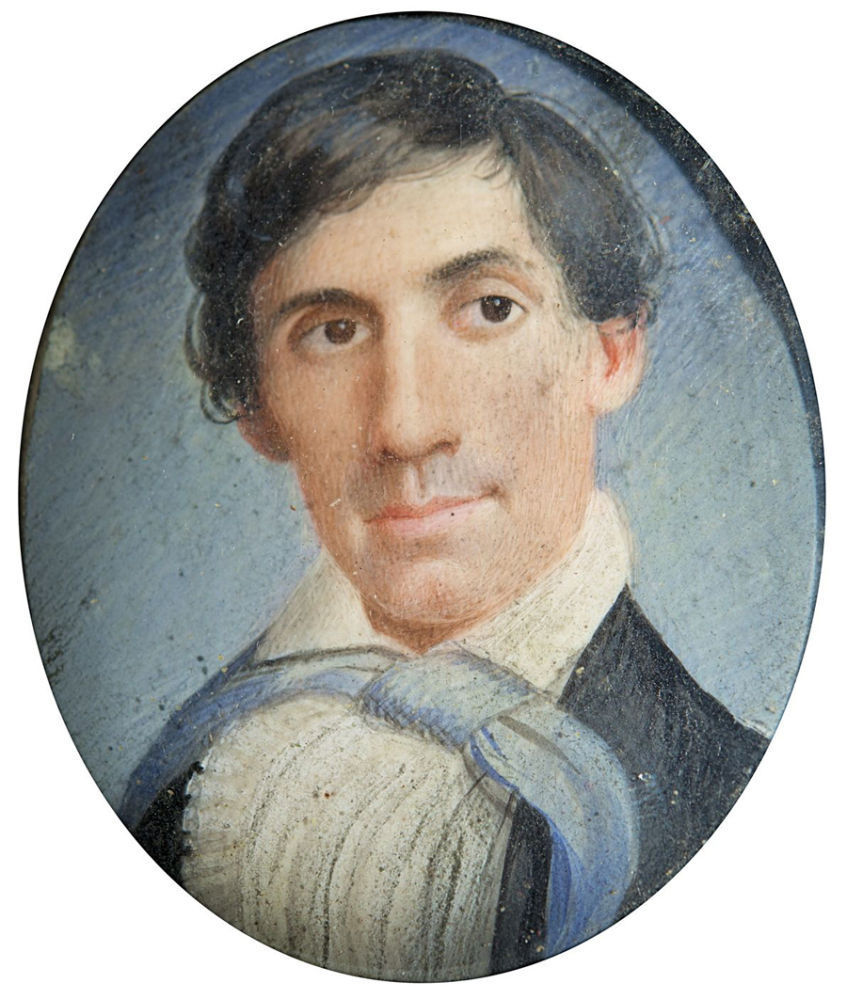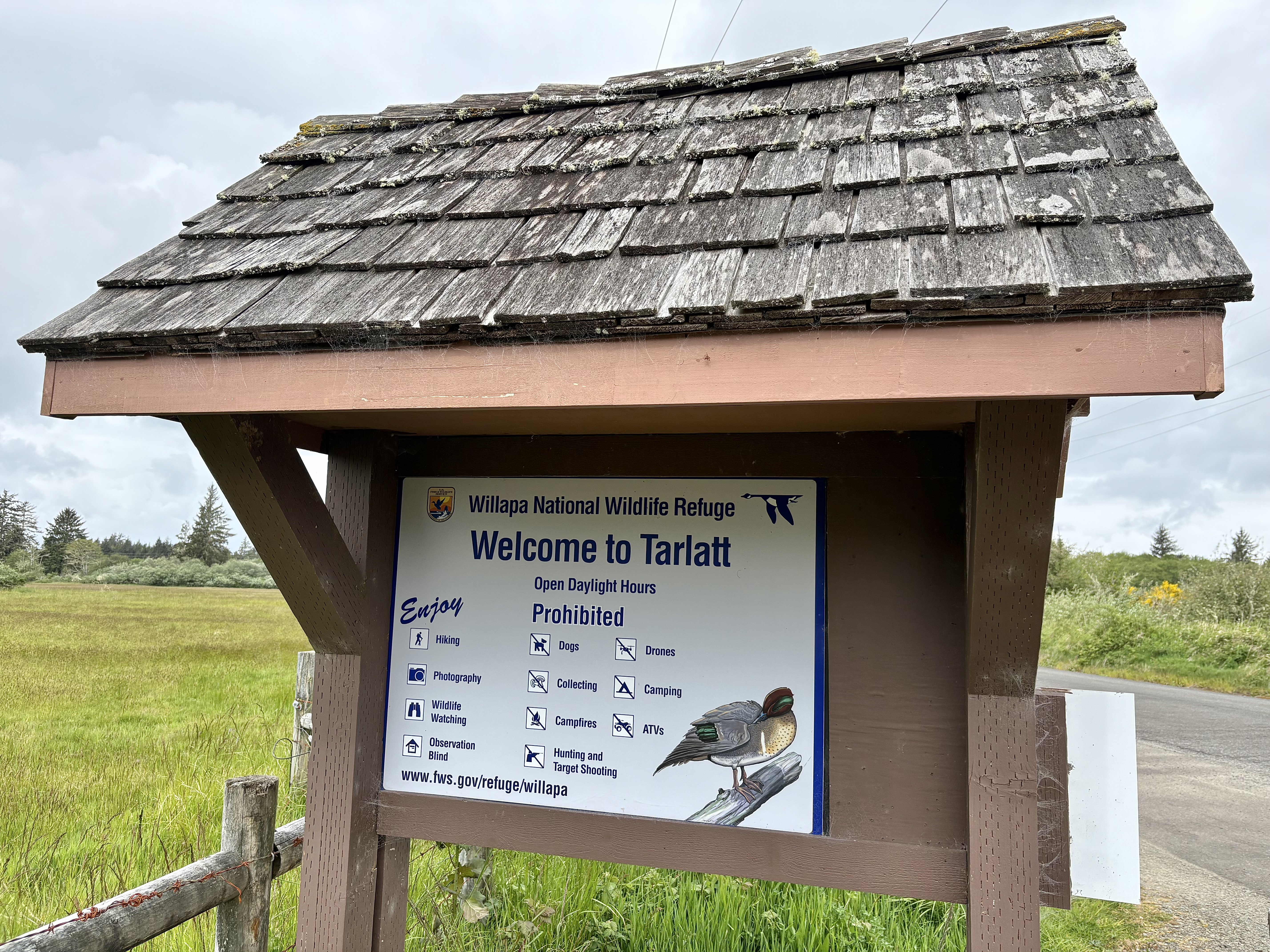Coast Chronicles: Patricia Moss, art detective on the portrait beat
Published 5:00 pm Monday, September 30, 2013

- <p>The owner of this portrait miniature has engaged Moss to authenticate the painting. Could it be the earliest known image of our 16th president?</p>
Last week, on one of our exquisitely gloomy, drizzling days, I had the pleasure of sitting with Patricia Moss in her cozy Long Beach cabin staring at a series of magnificent portraits flashing by on a large wall-mounted screen. I’ve always been a fan of biography. I’m fascinated about how other people are doing this thing called life and I realized watching these portraits zing by that portraiture is akin to biography.
Trending
Children in little lace bonnets; gentlemen in three piece suits with ruffled shirts, hands on books; women with cascading locks falling against prim white collars all spoke not only of a certain age but a particular sensibility. The lighting on cheeks, skin tones, hair styles, the details of dress, even background capture a unique living being and a specific moment in time and place. Yet, as Pat pointed out, in art there is a hierarchy, and on the bottom rung is portraiture, especially American portraiture. In the early days, there was no need for art everyone was tearing down the forests and planting the fields. Portraits have generally been ignored.
Portraits, some think, are just old pictures of fuddy-duddy dead people painted during an uninteresting era by artists of questionable talent. Particularly in North American with no royal families or important people to capture who cares?
Well, Pat does. She thinks it’s time we re-evaluate American portraiture of the 19th Century.
Trending
Pat Moss: Art detective
The truth is these portraits are beautiful. And Pat has begun to make a name for herself by pointing this out, as illustrated in the recent flurry of news about a show of George Caleb Bingham portraits that she curated at the Jackson County Truman Courthouse in Independence, Mo.
Pat found and authenticated eight of the 27 Bingham portraits (and more on that in a moment), hung the show and explained the importance of his works. Her accomplishments were touted in the Kansas City Star, The Sacramento Bee, the Bellingham Herald, the Seattle Times and the news website SFGate.
Bingham, painting around 1830 in the Missouri area, is perhaps best known for two historical paintings, The Jolly Flatboatmen and The County Election; but he made his living primary by painting portraits. Pat has been tracking down and authenticating his work for nearly 15 years. It is a painstaking process that enlists all her skills in family genealogy and reverse genealogy (going forward from past relatives to find living relatives), history, art history, painting technique and archival research. She is called by the Smithsonian research team the Bingham Lady because once Pat puts her stamp on a Bingham painting, it gets recorded in the Smithsonian list of American masters. Her reputation for thorough research and her integrity are unquestioned. Pat is meticulous.
Bingham (1811-79) is finally being hailed as one of the great painters of the American 19th century due largely to Pat’s work. She explains that one Bingham painting, entitled Mrs. George Caleb Bingham and Son Newton, was originally listed in Sotheby’s catalogue for between $8,000 and $12,000; but once Pat provided a provenance a history which authenticates the painting and tracks its various owners through time the painting sold for $62,500. (Because there is a firewall between painting authentication and sales, no art authenticator can benefit monetarily from the work she does.)
When Pat began her Bingham research there were 439 known George Caleb Bingham paintings but 139 were missing. Of those missing portraits, I’ve located 67 of them, and I’ve authenticated five more. Every portrait I’ve found is on my website.(At www.patriciamossart.com if you’re interested.)
For the Missouri show, Pat arranged the Bingham portraits to tell a story of American history. She had initially written an article on the topic (Smithsonian, Issue #6, Spring 2010) and has made presentations on her work many times. This show marked a culmination in Pat’s career.
In the lead-up to this exhibition, Pat solicited the advice of Columbia Pacific Heritage Museum director Betsy Millard; and technical information from Dick Lempke, himself a classically-trained portrait artist. Dick gave me wonderful insights into the use of grids in portraits, and I used many of his direct quotes in making the information panels for the Bingham show.
Is it Lincoln?
One of Pat’s recent challenges is a portrait miniature, two by two and a half inches, that may be a young Lincoln. It’s a precious, oval portrait of a young slightly foppish though earnest-looking man with a loosely tied bow across his breast. As Pat says, since authentication involves rigorous analysis, scientific examination, which can include testing of paint samples, X-rays and infrared technologies and consensus by several connoisseurs with expertise in the particular artist, it will be interesting to see what evidence supports these possible discoveries.
Her preliminary questions were things like does the era when the painting is made line-up with the age Lincoln would have been if he were the man in this painting? What might the portrait have cost and could Lincoln have afforded such a portrait? What was going on in Lincoln’s life that might be the reason he or someone else would have commissioned a portrait like this one? Based on her preliminary findings, she thinks it might be either young Lincoln or his great-grandfather; but her analysis is not yet final.
If her Lincoln guess is correct, it would be the earliest known portrait of our 16th president. The portrait owner, Betsy Mathisen of Verona, N.J., called Pat onto the case at the same time she enlisted the help of researchers at University of California, Riverside who use facial recognition software to identify portrait subjects. They may use the miniature to test their work, Pat said. (http://www.huffingtonpost.com/2012/05/09/facial-recognition-technology-art_n_1503230.html.)
Clients become friends
Pat continued, it’s only after World War II that we as Americans begin to start appreciating our own art. Of course many families cherish portraits if they are of ancestors. I have a woman I call the president of my fan club. She’s always bringing friends over to meet me and they say, Oh, are you the Pat Moss?Pat said laughing. She inherited a portrait she thought was of her great-great-grandfather and his wife. But after doing my research, I could tell her, No, this woman is not his wife at all. These paintings were made by two different artists at two different times. This woman is his daughter, its painted posthumously. So she was thrilled to have a picture of her great-grandmother too.
As we went through the process of researching these paintings, we learned more and more about her family. Most of my customers become friends of mine because we are exploring the family together. It’s a warm experience.
And I was warmed too on that blustery day by Pat’s enthusiasm, professionalism and passion for her work.
Stay tuned next week for an exploration of a portrait that Moss researched just a little bit closer to home Ilwaco’s Old Towne Antiques.









